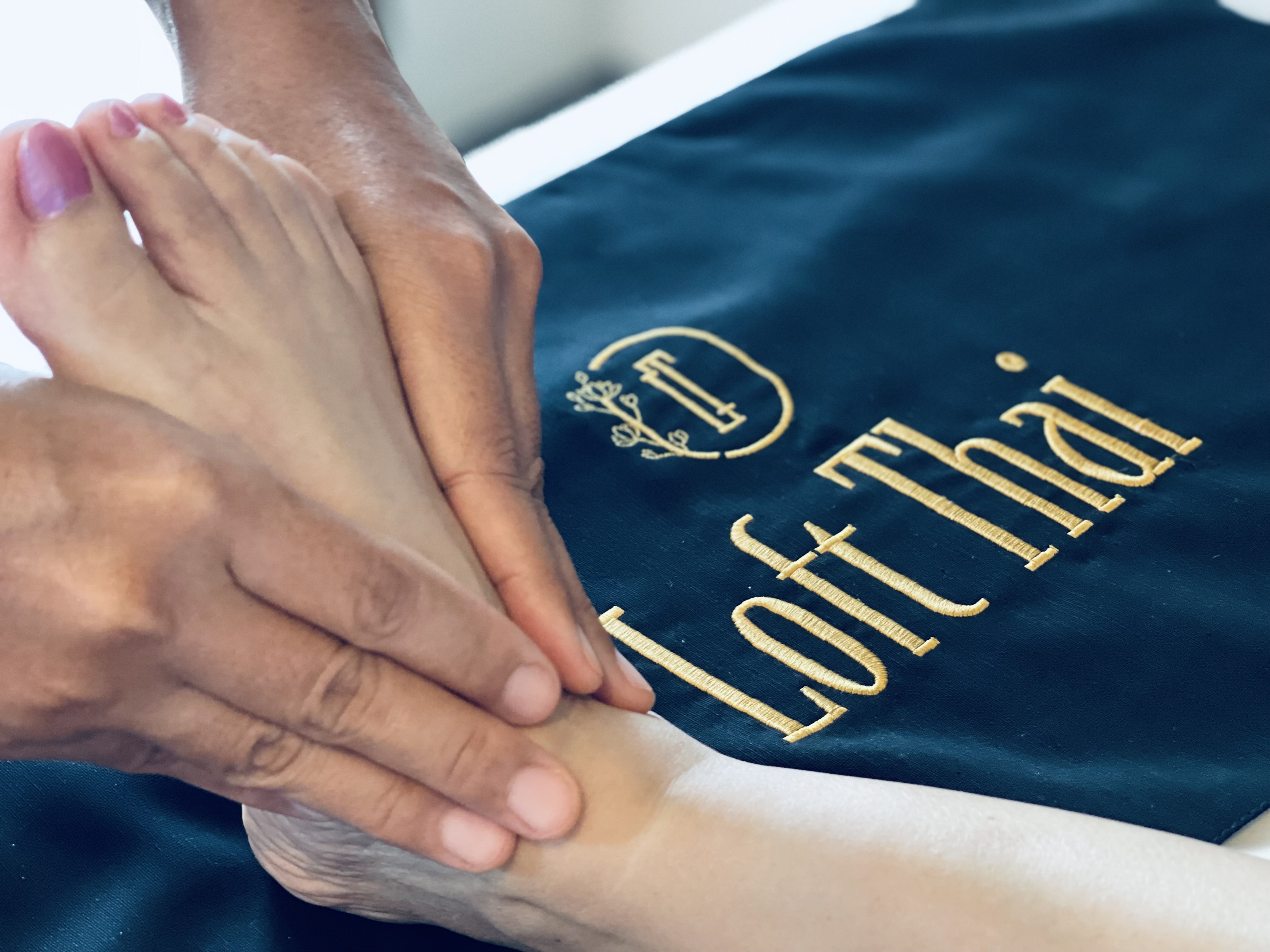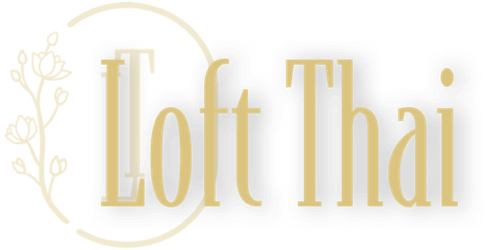
An end-of-the-day type of massage is always something that people look for after work or after a long day of running errands. When visiting a massage & spa salon, it's common to request a traditional Thai massage or even a foot massage to get their day going. However, there is another form of massage that isn't thought about a lot: reflexology.
When you look into the idea of reflexology and foot massage, there are similarities that you can look into but also enormous differences that make both massages entirely different. Although both forms of massages look to accomplish the same goal, the techniques used are more intricate and can offer differences in the short and long term for your body.
Massage therapy has been used for centuries as a form of relaxation and pain relief. In recent years, reflexology and foot massage have become popular forms of massage in which specific pressure points on the feet are stimulated to promote healing and relaxation. While the two techniques may seem similar, there are significant differences between them. This article aims to explore and highlight the differences between reflexology and foot massage.
Reflexology is essentially a form of treatment that looks into the areas and points of the feet, hands, and ears that are well connected to the nervous system of the body. Applying pressure to these points around the body will stimulate the movement of energy which creates balance in the body. What makes this a very unique treatment is that your therapist must first understand where the nerves are in the body. It is known that there are around 7,000 nerve endings in the human foot alone. Each nerve corresponds to a part of the body and can be seen in a reflexology chart that is used in most salons.
A foot massage, on the other hand, is a traditional form of massage that is great for relieving muscle soreness in the foot but only accomplishes short-term relief and does not solve any long-term chronic issues in the body. The easiest way to think about this is that a foot massage is the general form of massage that you can easily request at any massage & spa salon from your therapist. However, once you get technical with the points of the body that needs assistance, then this is where you can consider reflexology treatment.
In addition to this, you can experience improvement in brain power, as well as your nerves, are being stimulated and opening up pathways throughout your body. This means that information traveled around the body will flow faster and can help you conduct tasks easily. Similarly, you can think of this as improving your headaches as this is a common symptom that occurs for humans nowadays. With a reflexology treatment, you can reduce the severity of migraines and headaches to help you get through the day easily.
Looking at all of these benefits of reflexology, it is very important that your therapist understands the reflexology chart and your body as well. A foot massage will always still be considered a common massage but it is ultimately being able to understand the long-term goals that make reflexology superior in every way. It's very important to know that a general foot massage will only produce short-term relief and doesn't assist with chronic and long-term pain.
While both reflexology and foot massage involve the manipulation of the feet, there are several key differences between the two techniques.
Firstly, reflexology is based on the principle that specific points on the feet correspond to specific organs and glands in the body, while foot massage is a more general technique that focuses on promoting relaxation and reducing tension in the muscles.
Secondly, reflexology involves the use of specific techniques to stimulate the reflex points on the feet, while foot massage may involve a variety of techniques and does not necessarily target specific reflex points.
Lastly, reflexology is often used as a form of complementary therapy to address specific health conditions, while foot massage is typically used for relaxation and stress relief.
In summary, while reflexology and foot massage may seem similar, there are significant differences between the two techniques. Reflexology is a form of massage that is based on the principle that specific points on the feet correspond to specific organs and glands in the body, while foot massage is a more general technique that aims to promote relaxation and reduce tension in the muscles. Both techniques have their own unique benefits and can be used to promote overall health and wellbeing.
At Loft Thai Spa & Massage, we have trained and licensed therapists who have expertise in foot massage and reflexology. For more information, you can visit our foot massage and reflexology page to dive down into the specific details of this unique treatment, and you can also head to our booking page to book a spot for an amazing experience for facial treatments today!

